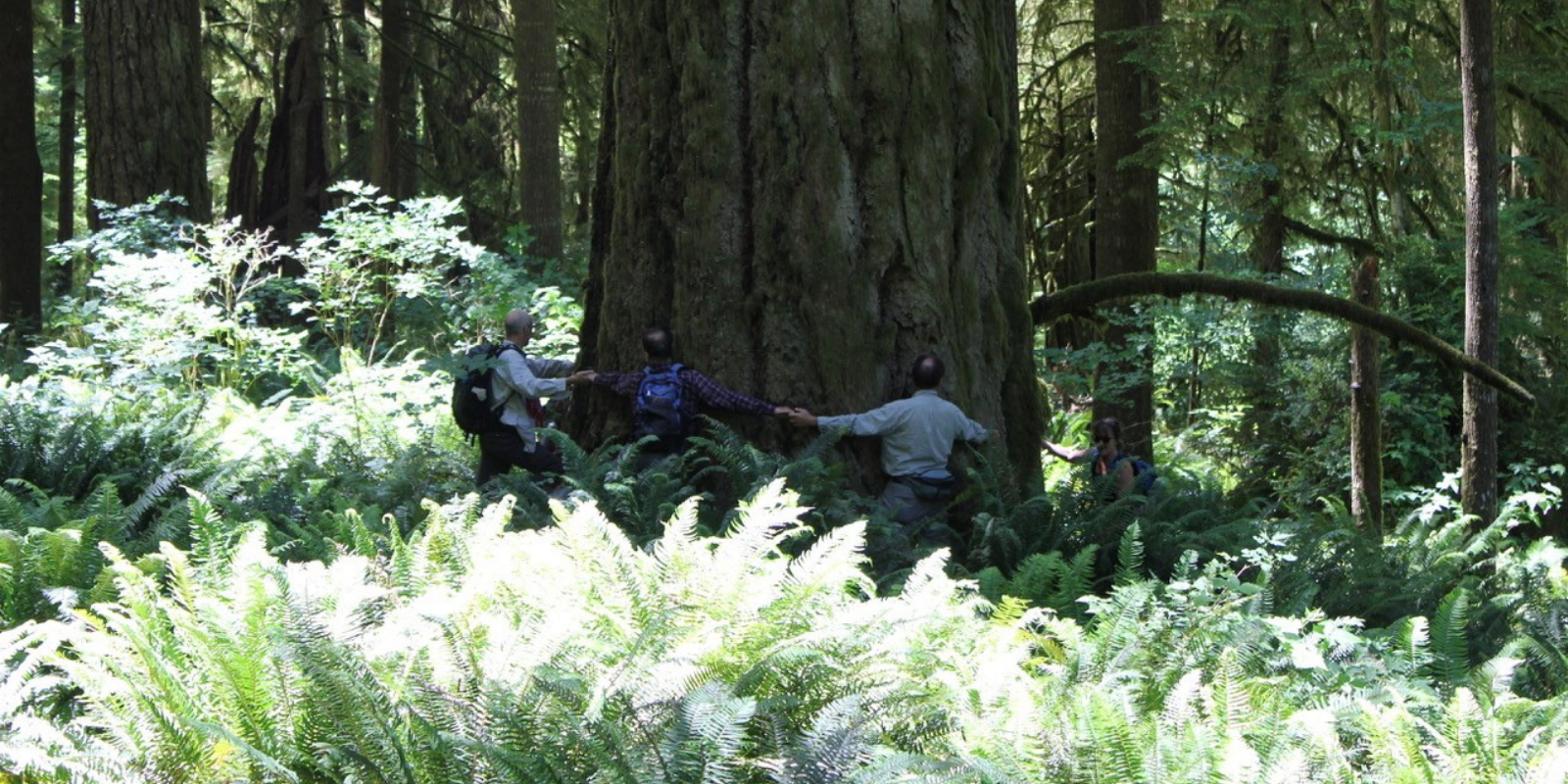We have much more to do and your continued support is needed now more than ever.
A Crucial Law Protects Our Most Wild Old-Growth Forest

Oregon’s Coast Range is home to what many consider the single most remote wilderness in the entire state.
Located about eight miles within the dense old-growth forest which runs south from the Washington border, the Devil’s Staircase and its surrounding watershed are incredibly inaccessible. No designated trail, no route, no cell reception, no GPS, nothing. To reach this amazing wild place one must try to follow elk and deer trails, hike the creek bed, or go overland through impossibly rugged terrain.
In October, 2008, Rep. Peter DeFazio (D-OR) became the first member of Congress to make the eight-mile trek to the Devil’s Staircase waterfall. The staircase, and the arduous trip to locate it, lived up to its reputation. The Congressman was so impressed that he vowed to protect the area with federal legislation.
Congress passed historic legislation that benefits land, water, wildlife and conservation and, President Trump has signed it into law. Not only does the John D. Dingell, Jr. Conservation, Management, and Recreation Act permanently reauthorize the Land and Water Conservation Fund, it provides permanent protection for millions of acres of public lands including 30,000 acres of this old-growth forest that is one of the largest and only ones left in Oregon’s coastal mountains.
This would not have happened without the tens of thousands of voices speaking out in support for the Devil’s Staircase Wilderness and to revive and make permanent America’s best program for protecting the lands and waters we share with wildlife. Thank you to every friend of wildlife and our wild public lands who took action and helped make a difference!

Spotted owls, elk, black bear, mountain lions, otters and other wildlife inhabit this wilderness and visit the streams that flow alongside thickets of ferns, salmonberries and foxglove amongst massive, ancient hemlock and Douglas fir trees that reach hundreds of feet high. Cascading pools – some large enough to hold several people – have been carved by the rushing waters into the sandstone like a staircase to form the waterfall.
This unruly, almost impenetrable landscape has been off-limits to logging and road-building, and now a law is in place to make sure it remains that way forever. The new public lands law that designated Devil’s Staircase Wilderness is not only a win for wildlife, but also wild public lands in Oregon and across the United States.





















